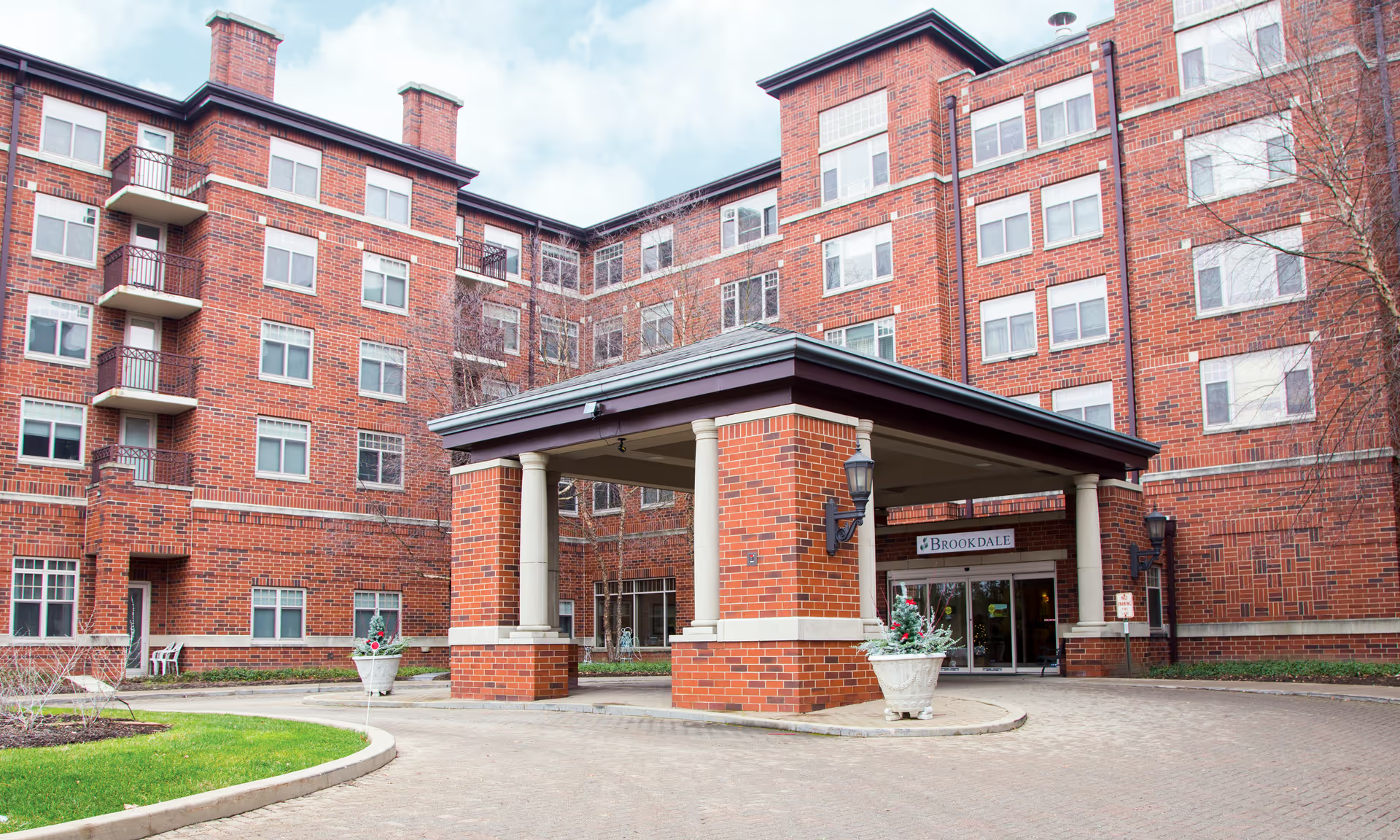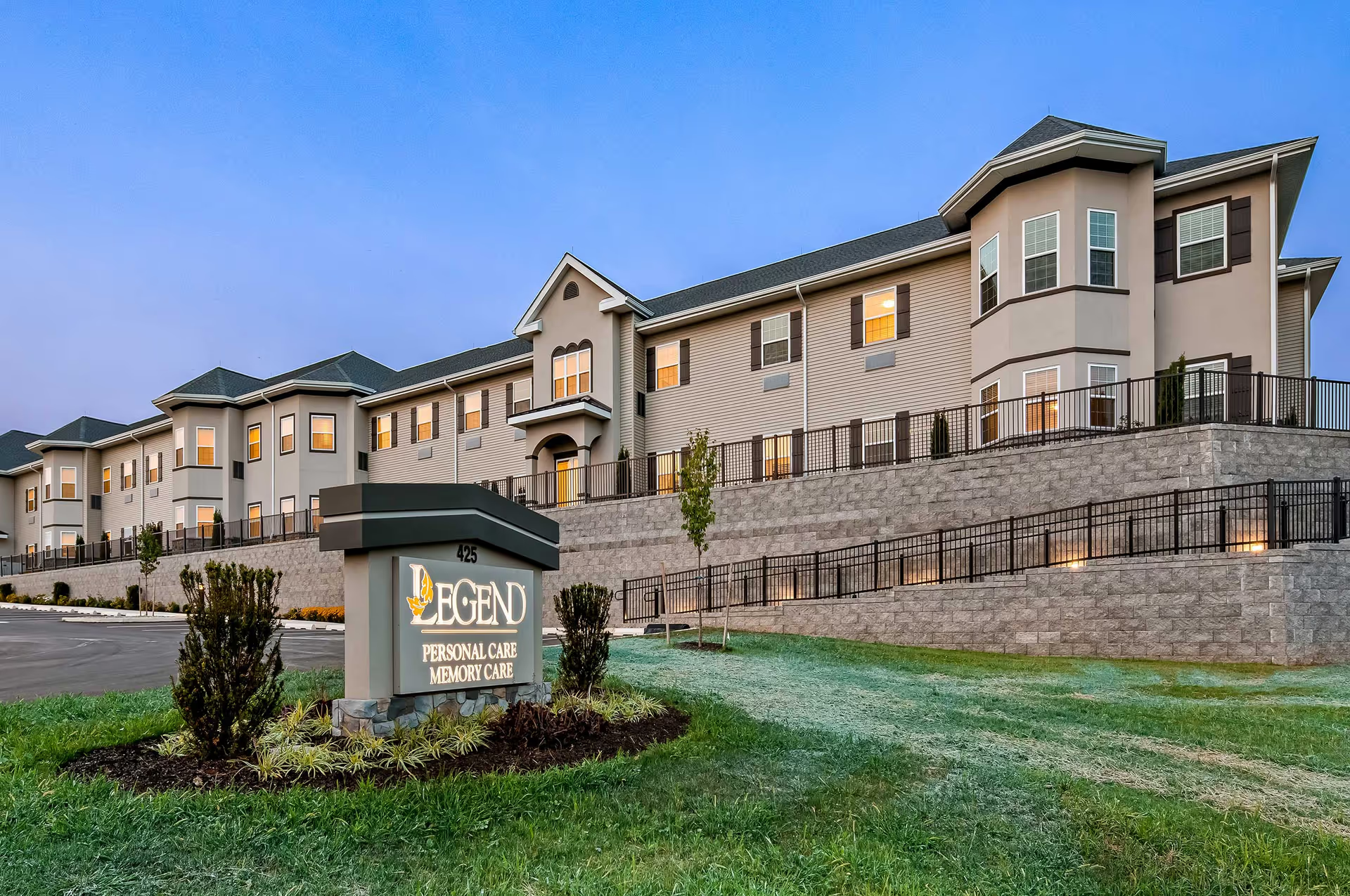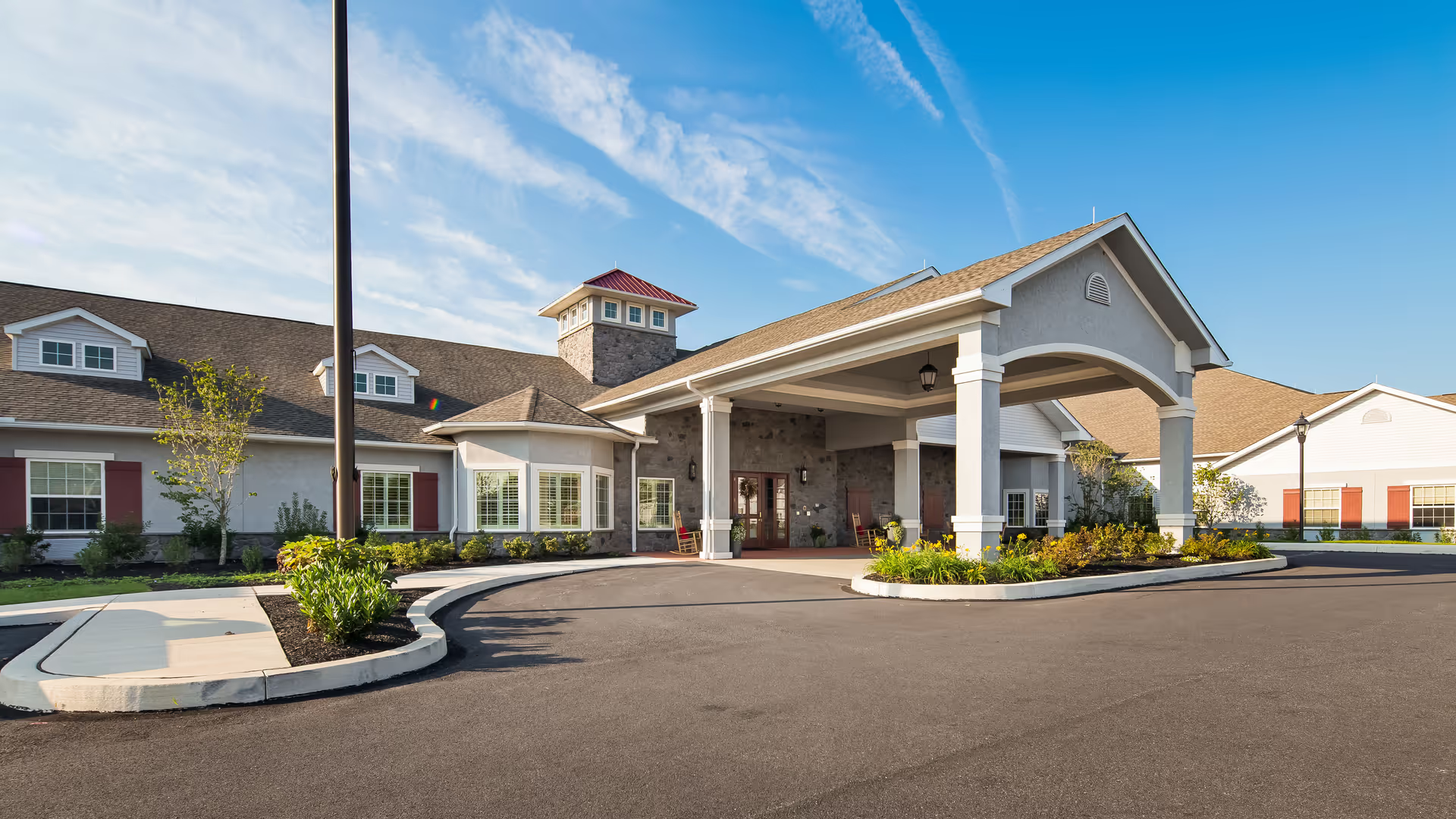Overall sentiment: Reviews of Spring Arbor of Greensboro skew strongly positive with many families praising the caregiving staff, the cleanliness and modern appearance of the building, and the breadth of activities and amenities. A large number of reviewers emphasize thoughtful, compassionate frontline care (CNAs, aides, nurses) who are attentive, know residents personally, and keep families informed. Multiple accounts highlight excellent hospice collaboration and supportive end-of-life care, and several families credited staff with meaningful improvements in their loved ones’ quality of life.
Staff and care quality: The dominant theme is that staff are caring, engaged, and responsive. Reviewers frequently mention low staff turnover, staff who call families with updates, and an overall “home-like” or even “resort-like” atmosphere created by employees. Memory-care programs and cottages receive specific positive mentions for their smaller scale and personalized attention. However, there are countervailing reports: a minority of reviewers describe troubling incidents (for example, a family’s characterization of a “nightmare” experience and a case where a resident moved to an inpatient unit and was not taken back), concerns about clinical oversight, and worries about medication errors. A few reviews specifically note that nurses may be on-call rather than continuously on-site, which contributed to concerns about emergency care. In sum, care quality is widely praised but with some notable and serious exceptions raised by families.
Facilities, design, and amenities: The facility itself receives consistent praise. Many reviews call out the newness or recent renovations, tasteful décor, single-story layout (safer and easier navigation), large, bright rooms in many units, and well-kept landscaping and courtyards. Amenities that stand out include a café/coffee bar, library, salon, physical therapy, multiple community rooms, and seating areas outside resident rooms. Specialty touches — like trim molding to aid physical assistance — and easily accessible outdoor spaces with bird feeders and covered seating are frequently noted. Some reviewers did note that a few rooms felt small or that initial hallways could be dreary, indicating that impressions can vary by unit.
Dining and activities: The activity program is a major strength: reviewers repeatedly cite a wide range of offerings (music, games, walking clubs, art, baking, dancing, exercise classes, Bible study, classes taught by community volunteers), plus creative pandemic adaptations such as patio concerts and outside entertainers. Pet therapy and visits by animals (therapy dogs, miniature goats, calves) and school performances are especially highlighted. Dining receives mixed reviews — many families praise nutritious and appealing meals and desserts, while a notable subset reports inconsistent or poor food quality and frequent resident complaints about meals. This is one of the more common negative themes.
Management, policies, and value: Management impressions are mixed. Multiple reviewers applaud visible, involved management and leadership that inspire trust; others allege an administrator focused on the bottom line and cite specific incidents suggesting financial motivations (for instance, transfers between Medicaid and private-pay residents or differential treatment). There are also mentions of possible ownership or management changes, and reviewers advise checking recent reviews and visiting at different times of day to get a representative view. Cost is repeatedly raised: the community is described as pricey by many, though several families conclude it is worth the cost for the level of care and amenities. Wait lists for single rooms and limited immediate availability for assisted living or certain memory-care units are also reported.
Patterns, contradictions, and recommendations: The overall pattern shows a community with many strengths — strong hands-on staff, excellent environment and amenities, robust activities, and good family communication — but with some recurring concerns that prospective residents and families should investigate. The most common negatives are dining dissatisfaction, affordability, occasional reports of administrator decisions driven by finances, and periodic concerns about staffing levels or clinical supervision. A small proportion of reviews describe serious negative experiences; these stand in contrast to the many very positive testimonials and thus suggest variability in outcomes or possibly changes over time.
Bottom line advice: Prospective residents and families should recognize that Spring Arbor of Greensboro has many attributes families value — compassionate caregivers, a clean modern facility, active programming, and comprehensive amenities — but should also do due diligence: read the most recent reviews, ask direct questions about nurse staffing and on-site clinical coverage, inquire about Medicaid vs private-pay policies, sample meals, tour memory-care cottages and apartments at different times of day, and ask for references from current families if possible. That balanced approach will help reconcile the overwhelmingly positive experiences many report with the fewer but consequential concerns others have raised.







